I’ve been living in New England in America’s Northeast corner for four winters now, and I can safely say that they are much colder than the ones I experienced back home in London, England. By colder, I mean around 10˚C colder (London 5˚C vs Boston -5.5˚C) on average not counting wind chill, and that is more than enough to make photographing outside a very different experience. This year, I think I have finally nailed down my North American cold weather photography setup. I have thought about writing a post on my complete list of gear for photographing in cold weather, but have since decided that writing one on just gloves would be a great way to start.
As they say around these parts, “if you don’t like the weather in New England, wait 5 minutes”, and I’ve definitely found this to be true. Some days during the winter don’t feel cold at all, while others are brutal. Even those days that don’t have everything coated in ice still become very brisk when all you are doing is standing in one spot, not moving while waiting to get that killer image at sunrise or sunset. Keeping warm can be the difference between getting that photo or having to pack up and go back empty handed.
The part of my cold weather set up that I struggled with the most has definitely been finding a good pair of gloves to keep my hands warm. This is a necessity while photographing, as you need to have the dexterity in your hands and fingers to operate your equipment, dialing in your settings and pressing those tiny buttons on the back of the camera to access menus accurately and quickly. Big ski gloves aren’t going to work here if you want any chance of pressing the right button, and let’s be honest here, the convertible mittens and gloves (the ones with the fingertips that flip open) don’t do the job either. Last year, I tested mittens with convertible tops that allowed you to expose just your fingertips and on super cold days, the fact that there was any exposed skin made the situation uncomfortable and unworkable after 20 minutes or so.
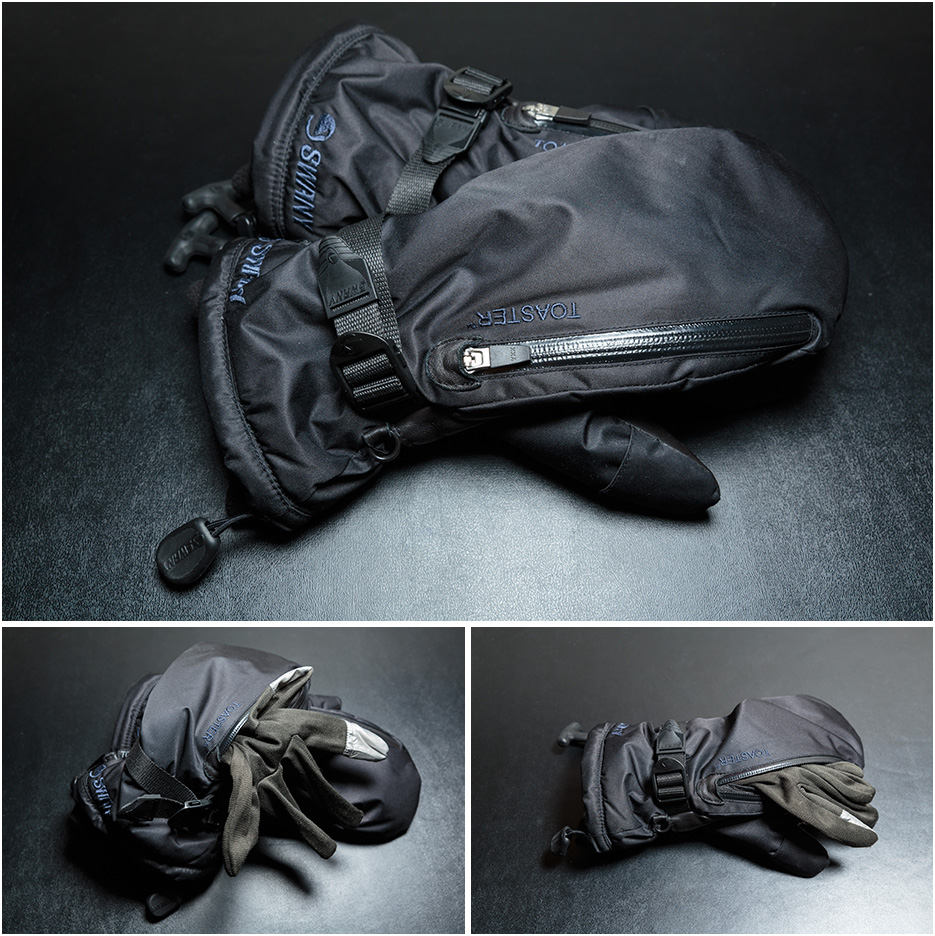
After playing around with a number of other setups, this year I finally nailed what I have found to be the best way to be able to shoot for extended periods of time without losing all feeling in the fingers and still operate everything perfectly. I picked up a pair of Swany Arctic Toaster mittens. The Swany mittens have a really good level of insulation and here is the part that makes them work really well for winter photography….. they have side opening to allow you to get your hands out. The difference between this and the convertible fingertips is that you can completely close the mittens when you are not shooting and keep the cold and the wind out entirely. When it is -15˚C/5˚F outside this will make a massive difference.
The mittens also come with sewn in liners that have the smartphone screen fingertips. These liners are great for added protection against the cold. I have found that adding an extra pair of liners over these when the temperature drops really low, (I use a pair from Eastern Mountain Sports (EMS)), gives your hands that extra level of protection when they are out of the side openings. Adding the extra pair of liners over the already sewn in ones also has the benefit of making them a slightly snugger fit. I found that the sewn in liners had a little too much material and might have been better being a little tighter fit to the fingers, as far as photography is concerned. They also could have been made with a more heavy duty material. However having your fingers completely surrounded by the insulation of a mitten though rather than just a glove really helps to keep them a lot warmer. You are not exposing each individual finger to the elements and they will feel a lot more protected.
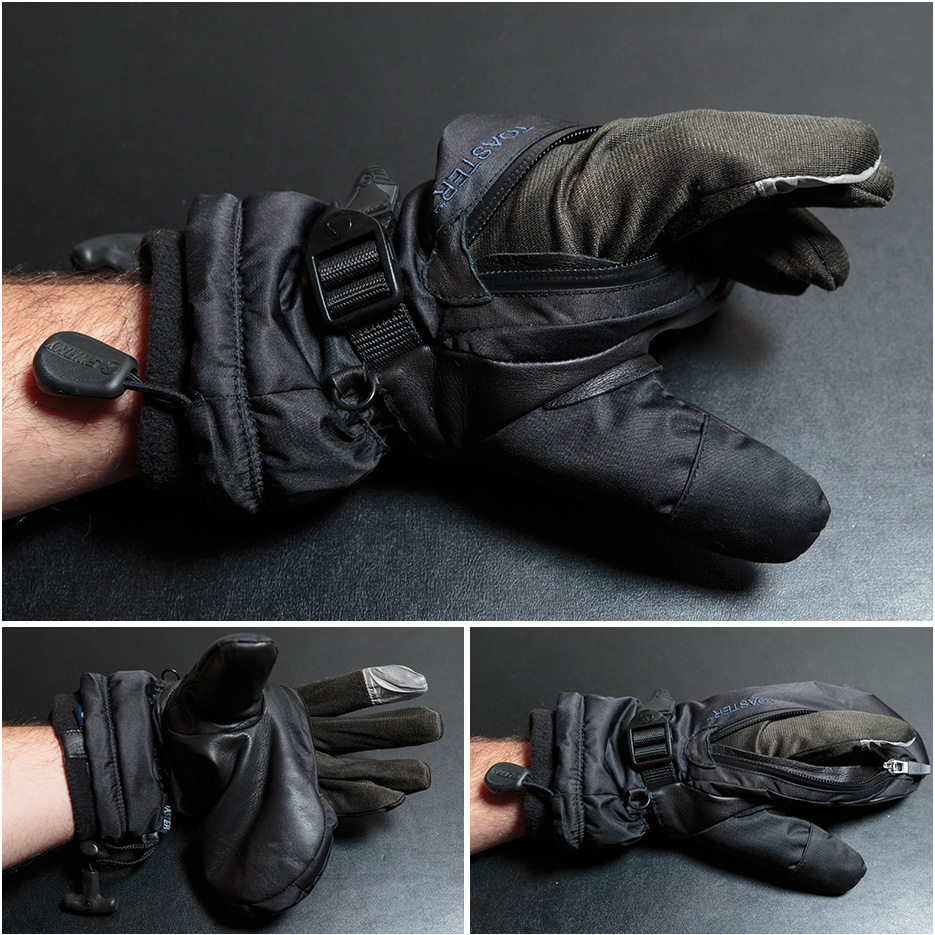
I have found that when you don’t need to have your hands out of the mittens for dealing with the small buttons and dialing in exposure, the Swany mittens actually give you plenty of dexterity. For example, tasks such as opening your tripod clasps or loosening your tripod ball head while moving the camera into place is not an issue. You only really need to take your fingers out after you have framed your shot and want to set your exposure and take the image.
The final piece of this puzzle was adding in hand warmers to the equation, and these really make things pleasantly comfortable. I have found Hot Hands to be the best brand, and now bulk buy these in packs of 40 pairs at the start of the winter. Once these are opened and exposed to the air these hands warmers generate a really nice bit of heat and last up to ten hours. Again the side opening mittens here really come into play. Being able to throw a hand warmer into the end of each mitten means that the mittens will stay warm inside while you have you fingers out of the side openings dialing in your settings. Once you have everything setup on your camera and have the shot you can bring your fingers back inside the mittens, zip them up and grab hold of the hand warmers to quickly warm up.
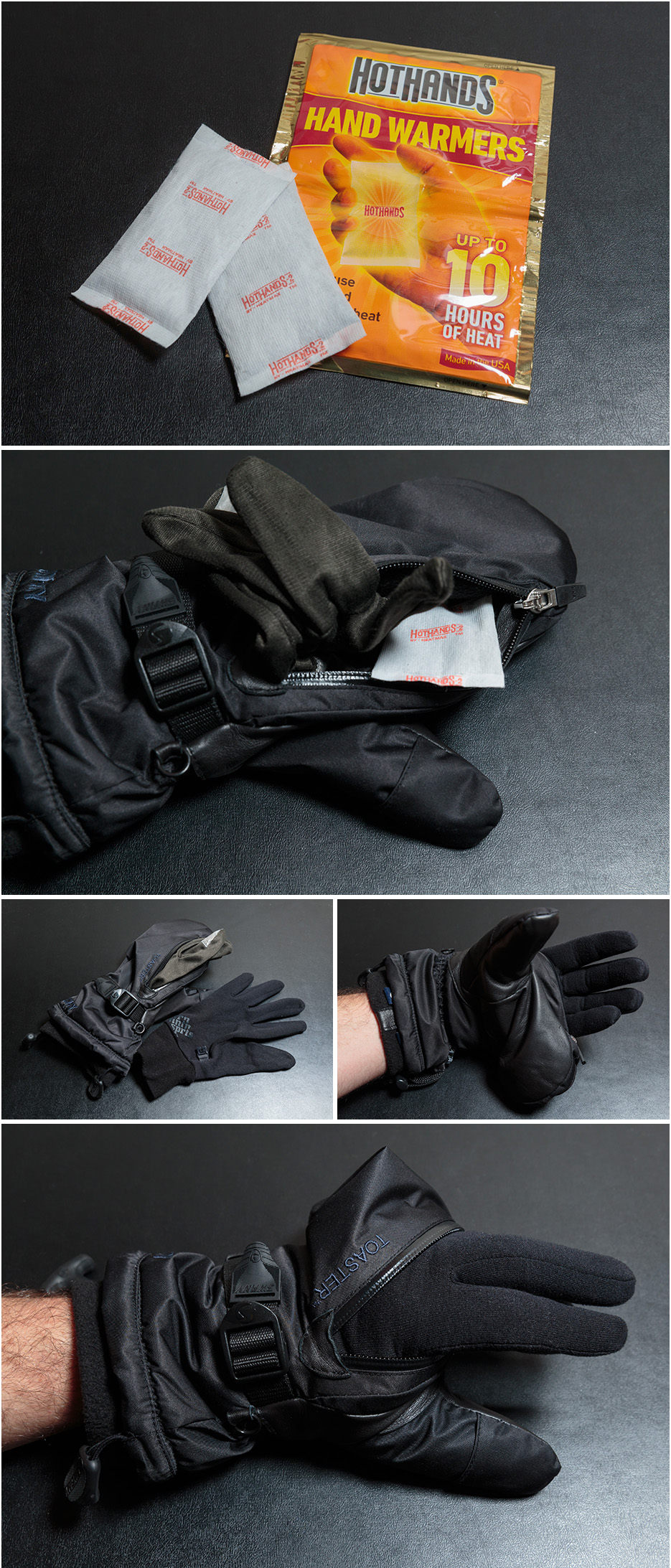
Since having gone to this set up, I have not gone out and suffered with frozen photographer fingers once, even when temperatures dropped to -17˚C/1.4˚F on Cape Cod this past weekend. If you are looking for a way of keeping your hands warm and still be able to easily use your camera, then I would highly recommend this set up. It would be great to hear your experiences and tips for cold weather outdoor photography, so please feel free to leave a comment or feedback.
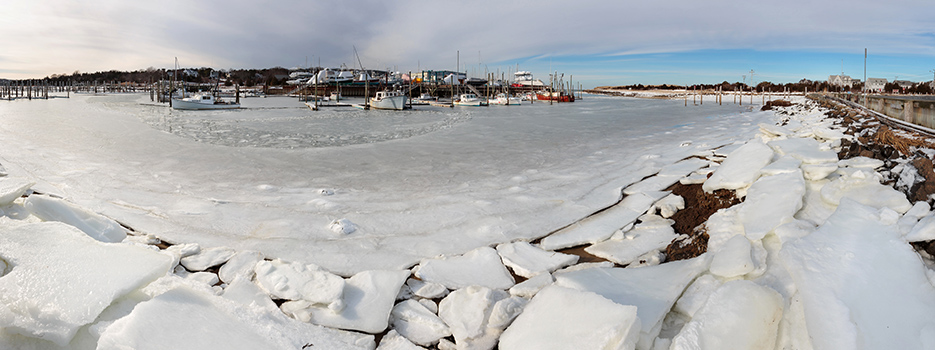
All the best and stay warm!!
Roberto | NEW ENGLAND LANDSCAPE PHOTOGRAPHER


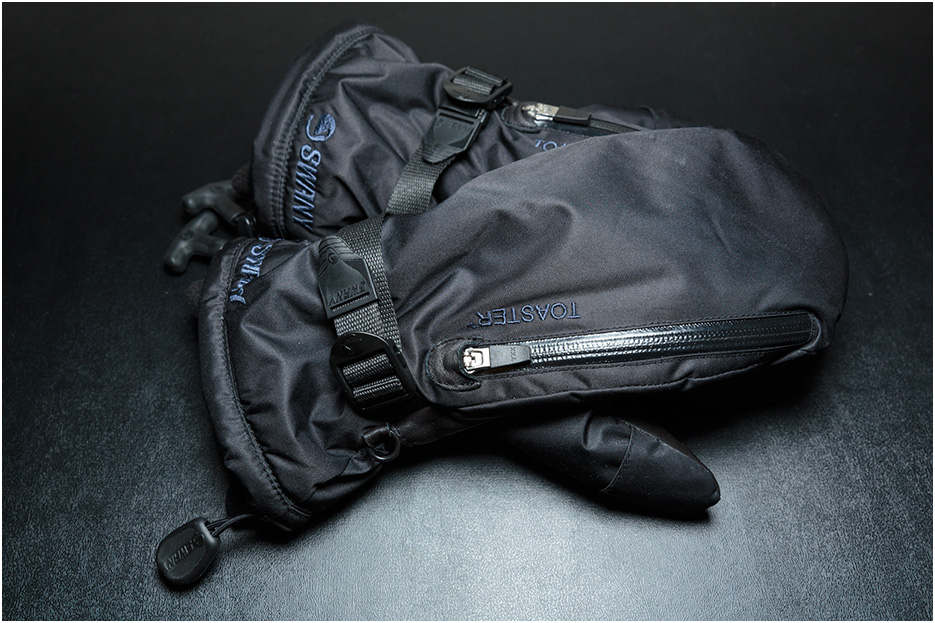

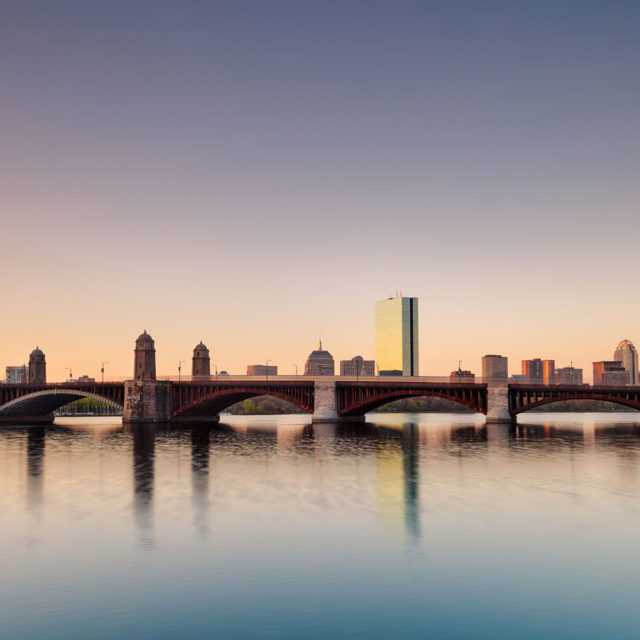
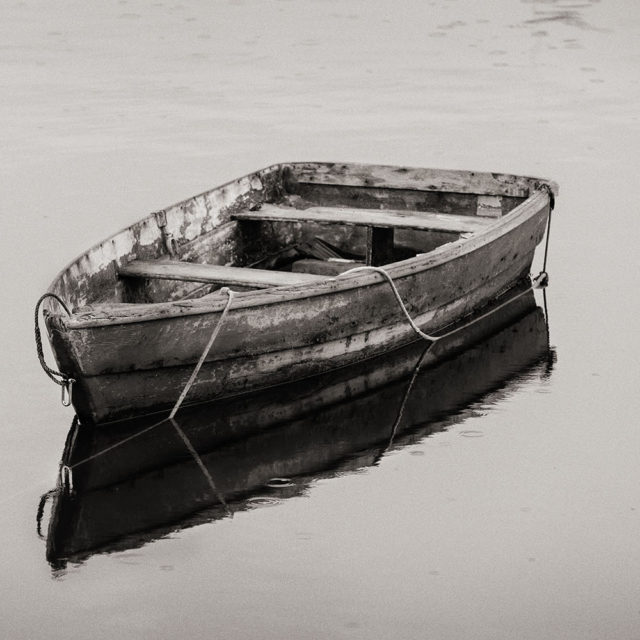
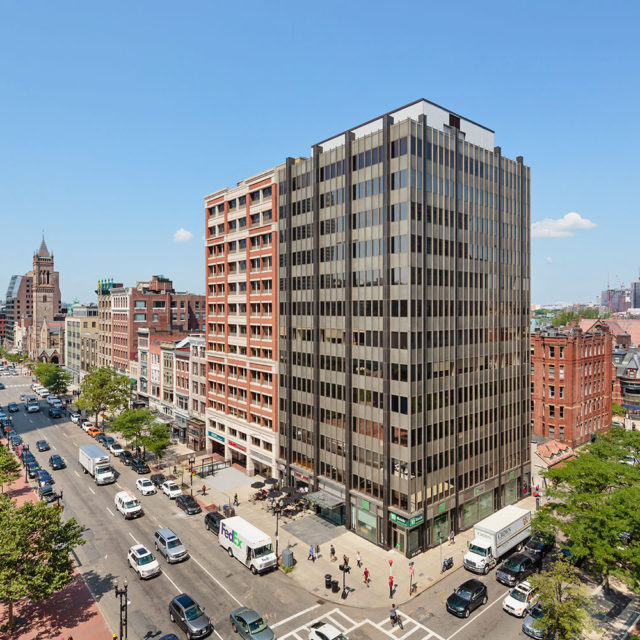
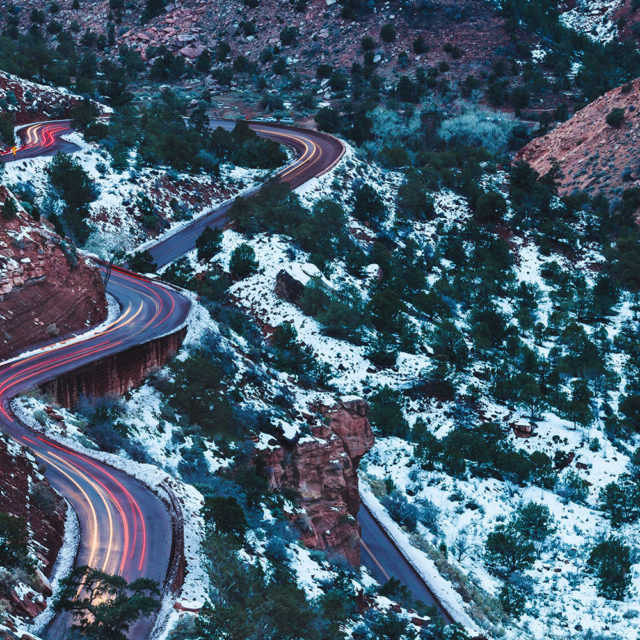

Rob,
Does the thumb come out of the mitten? If not, how easy is it to use the mitten’s thumb to slide the selector dial on the camera? Thanks for the help and info.
Mike
Hi Mike, sorry for the delay getting back to you. The thumb does come out of the mitten, although I find that controlling the selector dial (Canon 5d3) with it still inside is easy enough.